WEBINAR
Deep Groove Ball Bearing
Learn MoreBearings play a vital role in the functionality and performance of robotic arms. Robotic arms, whether used in manufacturing, automation, medical or other high-precision work areas, rely on precise and reliable bearing systems to achieve their complex and delicate movements. Bearings not only ensure smooth movement of robot arm joints and rotating parts, but also provide the required rigidity and stability to withstand dynamic loads during various operations.
In a robotic arm, the accuracy of the bearings directly affects the accuracy and repeatability of motion control, which is critical to completing precise tasks. For example, in automated assembly lines or precision surgeries, the high-precision and low-friction characteristics of bearings ensure that robotic arms can be positioned and moved accurately, thereby improving the quality and efficiency of operations.
In addition, the durability and reliability of the bearings are equally important in reducing the maintenance needs of the robot arm and increasing its service life. High-quality bearings can withstand daily wear and environmental factors, reduce downtime, and maintain the long-term stability and performance of the robotic arm.
Bearings also need to adapt to the various environmental conditions in which the robotic arm operates, such as temperature changes, vibration or corrosive environments. Therefore, bearing selection and design need to be based on the needs of the specific application to ensure that the robot arm can operate efficiently and accurately under different conditions.
Overall, bearings are an integral component in a robotic arm and are critical to ensuring its high performance, precise control, and long-term reliability.
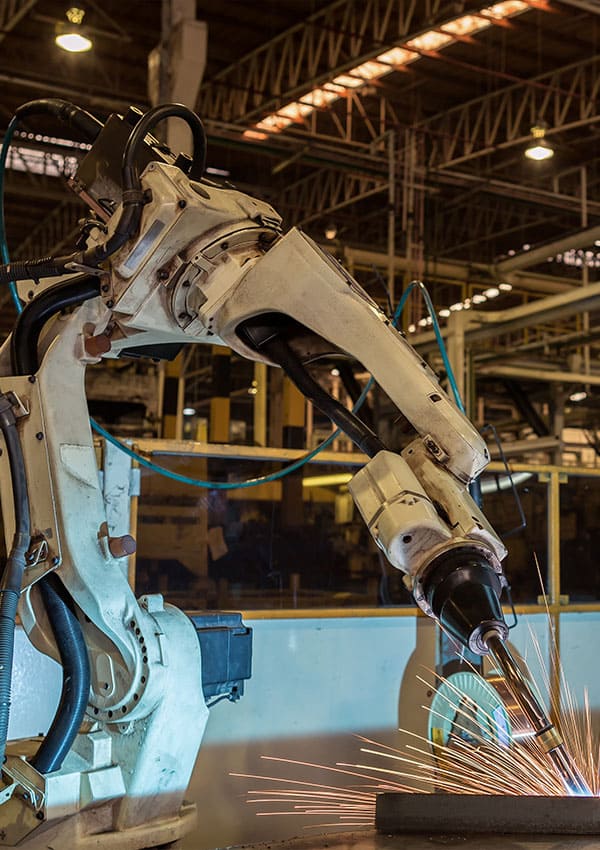
Robotic arms need to perform precise operations and repetitive tasks, which requires bearings to provide high-precision support and guidance to ensure accurate movements of the robotic arm.
In order to ensure smooth movement of the robot arm and reduce energy consumption, the bearings need to have a low friction coefficient. At the same time, bearing design with low or no backlash is crucial to improving the control accuracy and response speed of the robotic arm.
The efficiency and flexibility of a robotic arm depend in part on the weight of its components. Lightweight bearings help reduce the overall mass of the robot arm, thereby reducing energy consumption and increasing dynamic response speed and operating range.
During the movement of the robotic arm, the bearings are subject to both radial and axial loads, and sometimes torque loads are also encountered. Therefore, the bearings need to be designed to withstand these composite loads to ensure the stability and reliability of the robotic arm.
Robotic arms often operate under continuous, high-frequency operating conditions, which requires bearings to have excellent durability and reliability to reduce maintenance needs and extend service life.
Robotic arms may operate in a variety of environments, including clean rooms, harsh outdoor environments, and even dust-free or chemical-specific environments. Therefore, bearings need to use appropriate materials, lubrication and sealing technologies according to the use environment.
Due to the extremely diverse designs and applications of robotic arms, bearings often need to be customized according to specific application requirements to meet special performance requirements.
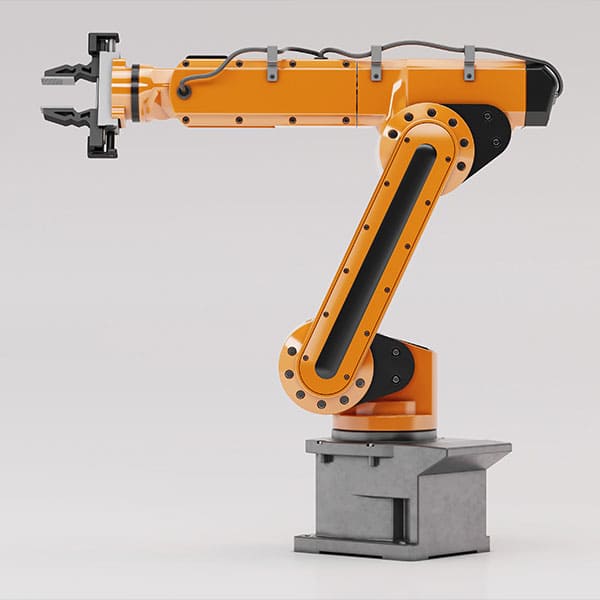
In the design of robotic arms, bearings for joints play a vital role. These bearings must have high precision and rigidity to ensure that the robotic arm can perform various movements accurately and smoothly. Spherical bearings are often required to withstand complex loads, including radial loads, axial loads and torques, especially when robotic arms perform multi-axis rotations and precision operations. Therefore, the design and material selection of these bearings are critical to the performance of the robotic arm.
High-quality spherical bearings can significantly improve the operating accuracy of the robotic arm, which is especially important for automated production, precision assembly or complex control tasks. For example, in automated production lines or precision medical applications, the accuracy of bearings directly affects the efficiency and safety of the entire system.
● Type of Bearing: crossed roller bearings, spherical roller bearings, angular contact ball bearings.
● Features: High precision, high rigidity, able to withstand radial, axial and moment loads at the same time.
● Advantages: Ensure smooth movement and precise control of the robotic arm joints.
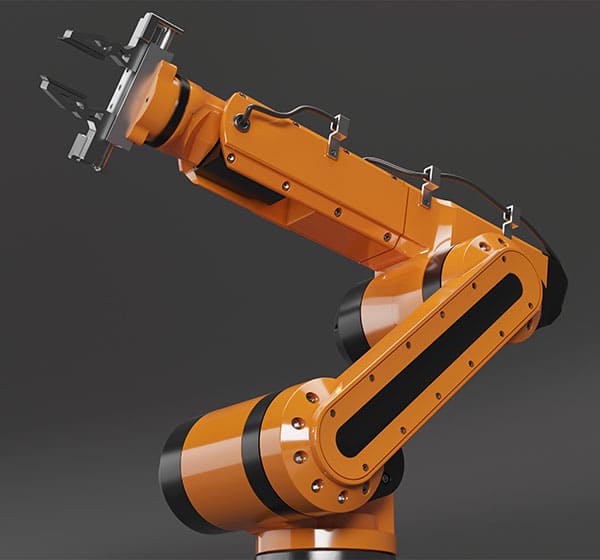
The rotary base of a robotic arm is the core of its motion and function, which allowing the arm to rotate horizontally and position itself, which is essential for performing operations precisely. The role of the bearings in this critical sector is to ensure smooth and precise rotational movements while supporting the weight of the entire arm and the moments generated during operation.
Usually,those bearings need extremely higher loading capacity and rigid to support the loads of heavy traffic to ensure the stability . Besides that, Given the high rotational speeds that a robotic arm may perform, bearings also need to ensure low friction and low wear resistance to minimize energy loss and extend service life. High-quality bearings also mean fewer maintenance requirements, which is critical to keeping the arm in constant operation and minimizing downtime.
● Type of Bearing: Slewing bearing, Deep Grove bearings.
● Features: Withstands large loads and allows rotary motion.
● Advantages: Able to support the entire structure of the robotic arm, Allow it to rotate flexibly.
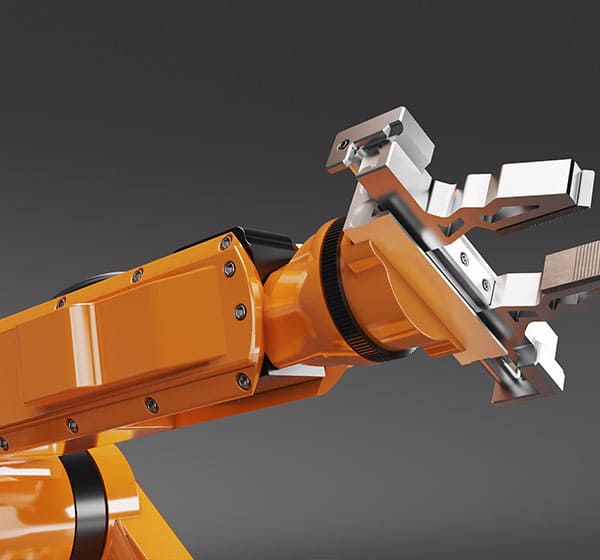
The end gripper of a robotic arm, also known as the end-effector, is a key part in realizing specific operational tasks, such as gripping, moving and precisely manipulating objects. In this part, the role of the bearings is to ensure the smooth, precise and flexible movement of the gripper. The bearings ensure that the gripper component is able to accurately align and grasp the target object during operation, both during minor adjustments and when performing complex tasks.
Bearings of the end grippers often require higher accuracy and lower friction characteristics in order to minimize the vibration and errors during operation and to increase the accuracy of the operation. This is important for precision assembly, high precision machining or handling of sensitive materials. High-quality bearings also need to provide the stability and reliability to ensure long periods of continuous operation and reduce maintenance requirements.
● Type of Bearing: Small ball bearings, miniature bearings.
● Features: Smaller size and higher.
● Advantages: Enables precise operation of the end-effector.
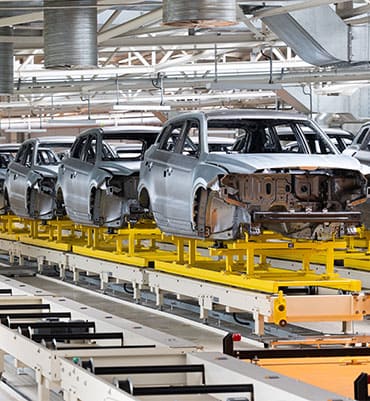
Bearings are widely used in automobile engines, transmission systems, wheels and other critical components to support rotational motion and reduce friction.

In the energy industry, such as wind power, solar power and traditional power plants, bearings are used to support turbines, fans, generators and other equipment.

The field of heavy machinery manufacturing such as excavators, loaders, excavators, etc. Using bearings to support and rotate various moving parts.
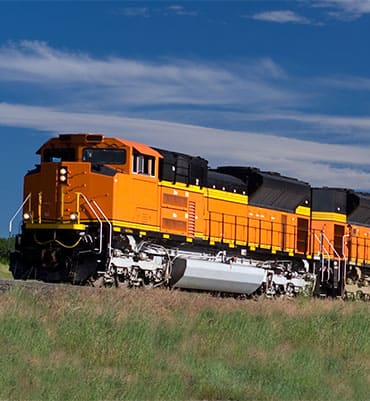
Bearings are used in train and subway systems to support wheels and other moving components.

In marine and marine engineering, bearings are used to support ship engines, propellers, transmission systems, etc.

Bearings play a vital role in the design and operation of robotic arms. They not only ensure the smooth and precise movement of the robotic arm, but also have a direct impact on improving the performance, reliability and efficiency of the robotic arm.

Bearings are also often used in electronic equipment, such as computer hard drives, printers, and optical drives.
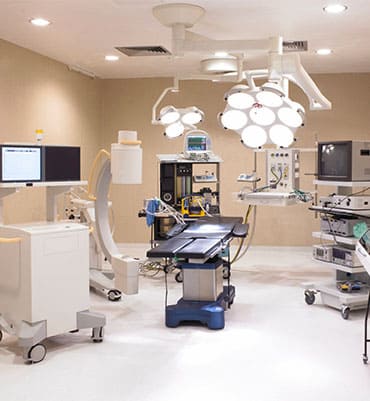
In medical equipment, such as scanners, X-ray machines, and surgical equipment, bearings are also be required.

The aerospace sector uses bearings to provide support in equipment such as aircraft landing gear, wing controls and satellite panels.
Call for online customer support get FREE BEARING SAMPLE
Online Quotation